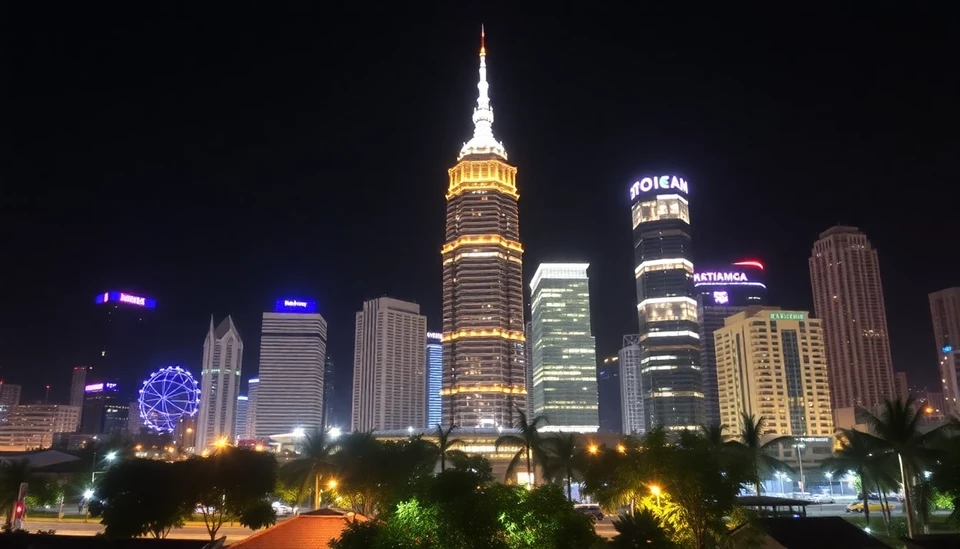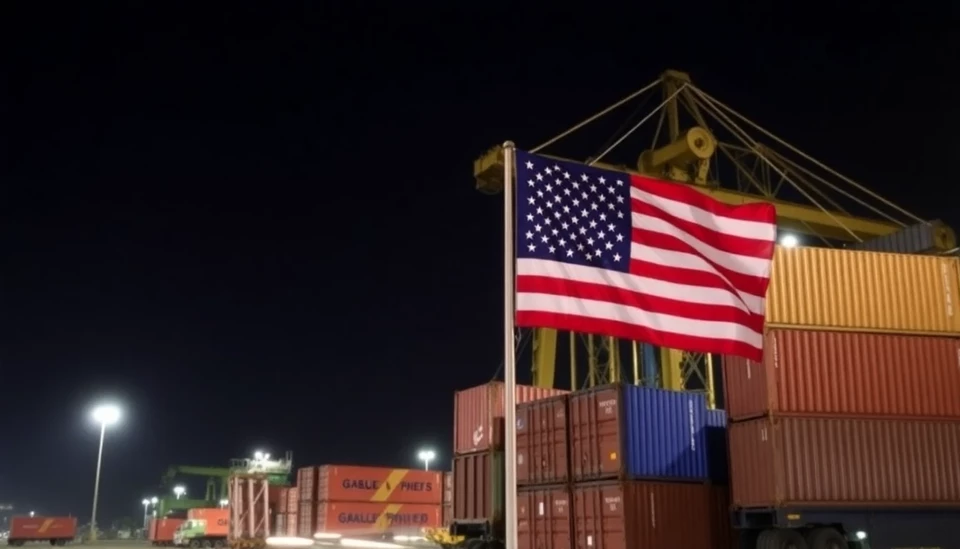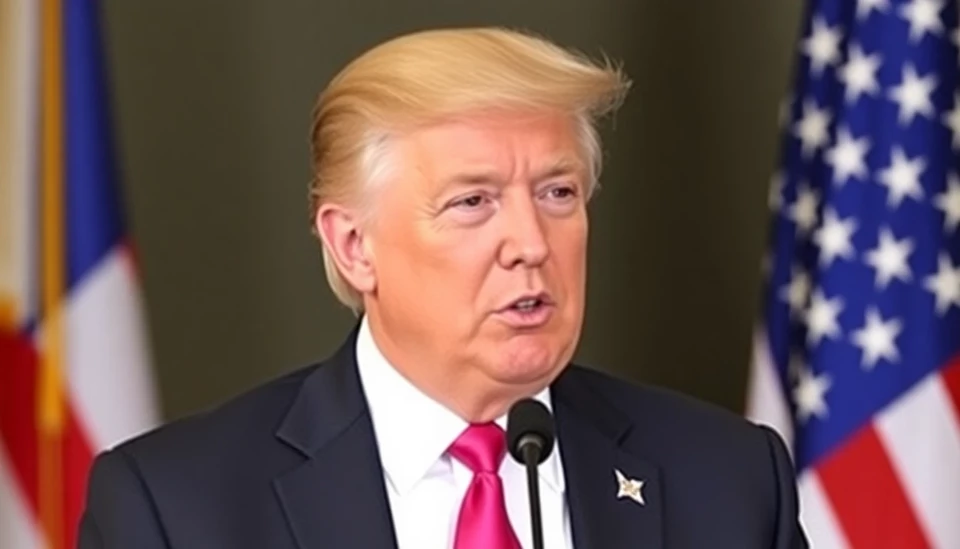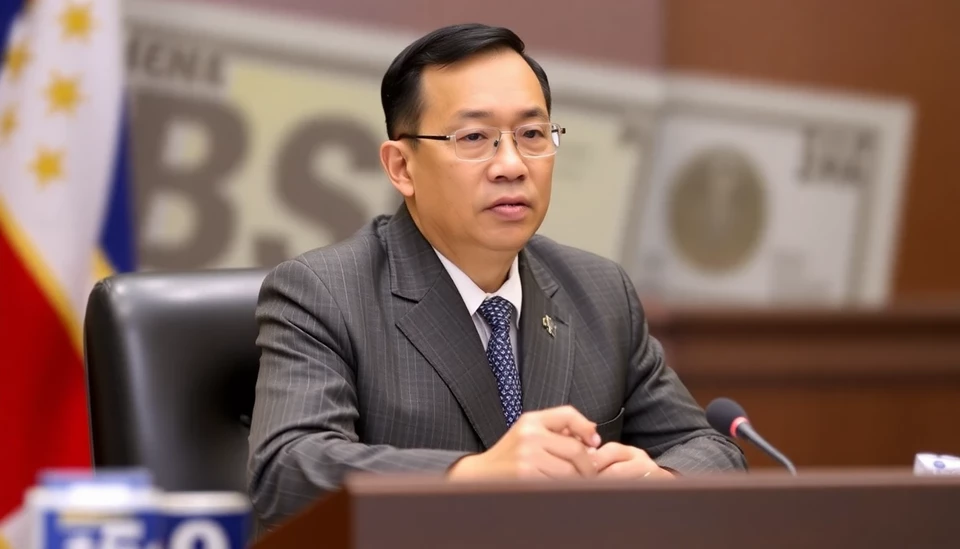
The Philippine economy has encountered significant challenges in 2024, reflecting a disappointing growth trajectory that has raised concerns among analysts and policymakers alike. Following a robust post-pandemic recovery, the country’s economic expansion has slowed notably, highlighting various underlying risks that have surfaced throughout the year.
Recent reports indicate that the Philippines has experienced a growth rate that fell short of expectations, primarily attributed to a combination of domestic issues and global headwinds. The economy registered a growth rate of just 5%, a stark contrast to the 7% growth achieved in previous years. This slowdown has sparked debates about the effectiveness of current economic strategies and the necessity for adaptive measures in response to evolving challenges.
One of the primary factors contributing to the tepid growth is the inflationary pressures that have plagued the nation. Rising prices for essential commodities, including food and fuel, have diminished consumer purchasing power, leading to reduced spending and overall economic activity. The inflation rate has hovered around 6%, prompting the central bank to consider adjusting interest rates to mitigate the impact on consumers and businesses.
Additionally, the country has grappled with supply chain disruptions, exacerbated by changes in global trade dynamics and persistent geopolitical tensions. These disruptions have hindered the flow of goods and materials critical for various industries, further stalling economic recovery efforts. The local manufacturing sector, in particular, has been hit hard, struggling to meet production targets due to these impediments.
Moreover, external factors such as rising interest rates in developed economies have also posed challenges for the Philippines. As foreign investors redirect funds toward higher yields abroad, the country has witnessed a slowdown in foreign direct investment, which is vital for sustaining growth in infrastructure and key sectors.
In light of these developments, local government officials and economists have called for a reassessment of economic policies and a stronger focus on sustainable growth strategies that can better withstand these risks. Initiatives aimed at enhancing local industries, boosting agricultural productivity, and improving infrastructure are being discussed as potential pathways to rejuvenate the economy.
The government is also urged to focus on developing human capital and investing in education and technology to ensure long-term economic stability. By fostering a skilled workforce and embracing innovation, the Philippines could better position itself to navigate the turbulent economic landscape ahead.
While the current economic outlook remains uncertain, experts emphasize that proactive measures and strategic planning are imperative for revitalizing the Philippine economy and laying the groundwork for resilient growth in the coming years. Only through collective efforts can the nation hope to overcome the hurdles that currently pose risks to its economic future.
As attention turns towards economic recovery, stakeholders from various sectors remain vigilant, monitoring ongoing developments that will shape the Philippines’ financial landscape in the months to come.
#PhilippinesEconomy #EconomicGrowth #Inflation #SupplyChainDisruptions #ForeignInvestment #SustainableGrowth #PolicyReform #EconomicChallenges #GDPGrowth
Author: Laura Mitchell



